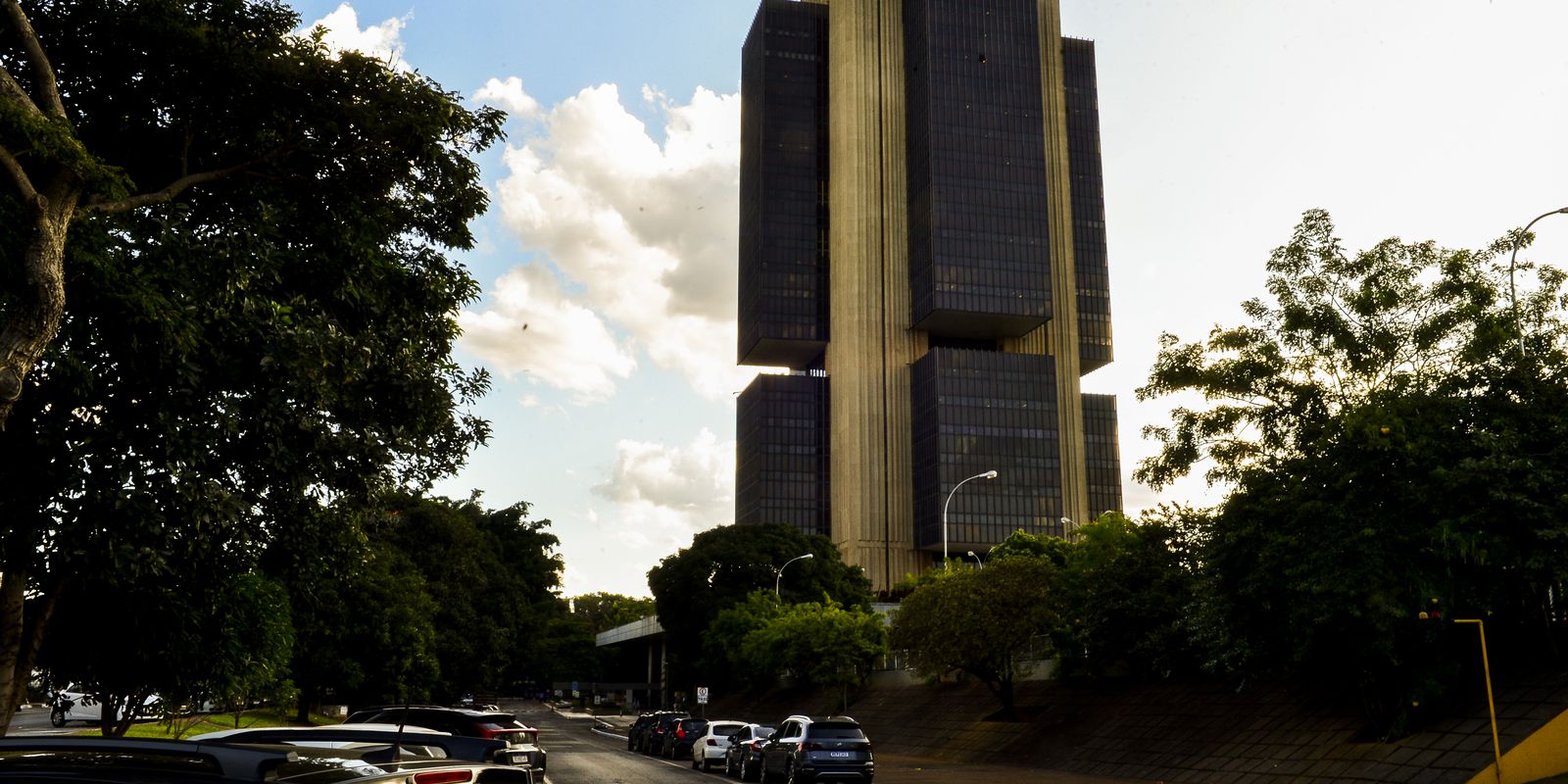Bond issues linked to sustainability projects or environmental and social governance goals hit a record in Brazil. According to estimates released today (26) by the Central Bank (BC), in 2020 and 2021, US$ 20 billion were launched through this type of paper.
The figures are part of an excerpt from the Banking Economy Report, which will be fully released on the 6th. Today, the monetary authority only released data on sustainability-related bond issues by Brazilian companies, in the domestic and international markets.
The volume of emissions was estimated based on data from the consultancy firm Natural Intelligence (NINT), which compiles sustainable credit operations carried out by Brazilian companies. Based on the company’s data, the BC found that growth is exponential. Between 2015 and 2019, the issuance of sustainable bonds totaled around US$ 6 billion, a third of what was recorded in the following two years.
According to the Central Bank, Brazil accounts for just over 1% of the world’s sustainable bond issues, which totaled US$ 1.6 trillion in 2020 and 2021. In Latin America, the country ranks second in terms of volume of titles, behind Chile.
Composition
Regarding the types of sustainable papers, the BC pointed to a change. Last year, Sustainability-Linked Bonds (SLB) surpassed Green, Social, Sustainability Bonds (GSS) for the first time. The first type of paper is directly linked to sustainable projects. In the second, bonds are linked to environmental, social and corporate governance (ESG) goals that must be met by borrowers.
“SLB issuances in 2021 exceeded, in quantity and financial volume, the total of green bonds issued since 2015. Green bonds predominate among bank issuers, while for non-financial companies, SLB stands out”, highlighted the BC report.
Non-financial corporations are the main issuers of sustainable bonds. Since 2016, they concentrate 88% of the papers of this type launched in the foreign market and 89% of the domestic volume. “The pulp and paper and food and beverage sectors are predominant in terms of emissions in the foreign market, while the electric energy sector stands out in terms of emissions in the domestic market”, the report emphasizes.
Most of the funds raised come from abroad. The international market represents 74% of the financial volume collected by companies since 2015, with the domestic market accounting for the remaining 26%. “In 2021, about only 7% of emissions in the domestic market showed sustainability characteristics, with this proportion being 47% in the case of external emissions”, explained the BC report.
In the domestic market, green bonds concentrate most of the sustainable bonds. Most issuances occur through debentures (68%) and financial bills (8%), but also via other investment instruments, such as Agribusiness Receivables Certificates (CRA), Real Estate Receivables Certificates (CRI), Real Estate Investment (FII), Credit Rights Investment Funds (FDIC) and loans.
Scratchs
Despite the record volume, the BC warns of risks in the issuance of sustainable bonds for issuers and borrowers. The main ones are financial and image risk.
“The financial risk arises from the increase in the cost of debt in the event of non-compliance with the targets when the financing takes place in the form of SLB. Image risk can be associated with both non-compliance with targets and greenwashing [lavagem de dinheiro por meio de instrumentos verdes]a practice that jeopardizes the very reputation of the sustainable emissions market”, concludes the monetary authority.


















